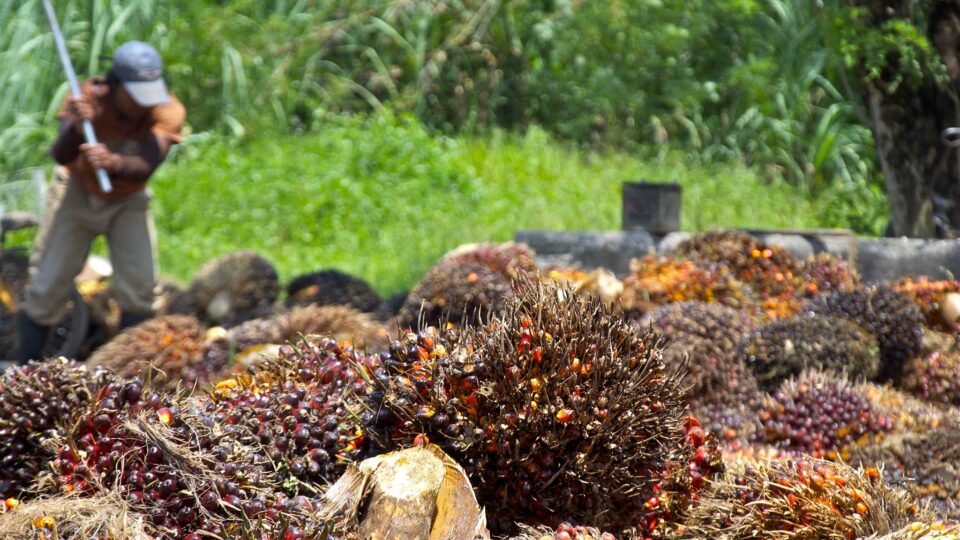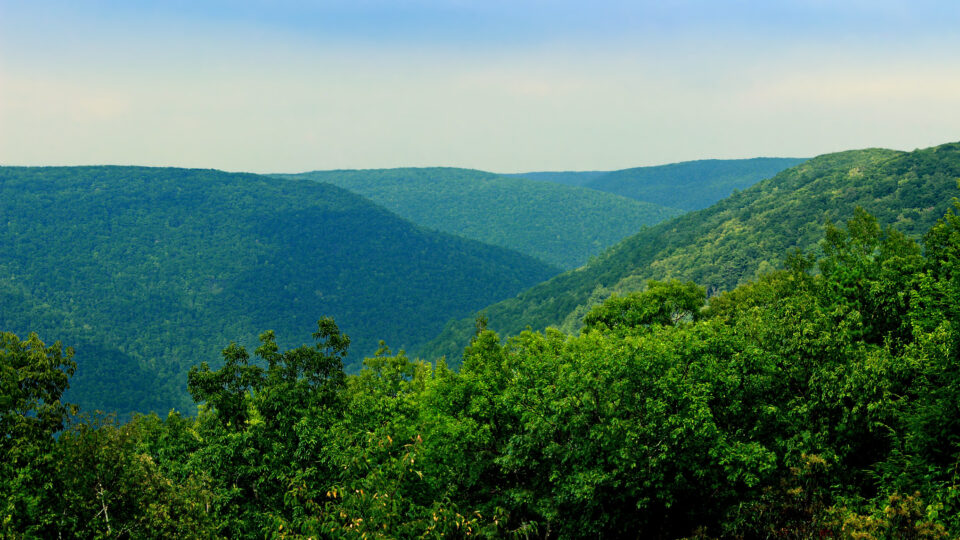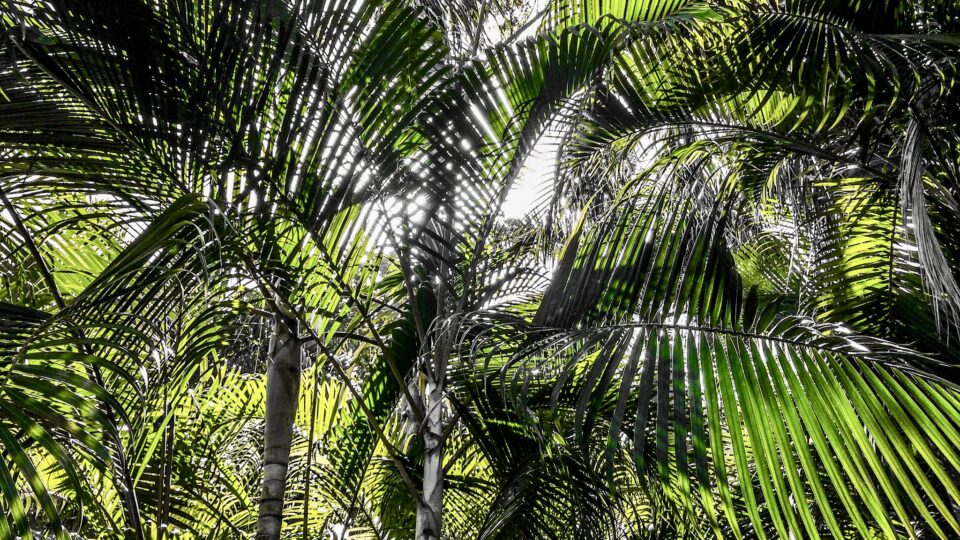In the 1990s, cardiovascular health issues associated with partially hydrogenated oils containing harmful trans fats became a focus of great concern. As a result, food companies looked for substitutes and the alternative they identified was palm oil. Its ability to remain solid at room temperature made it well suited for many food applications. Unfortunately, that property stems from its high saturated fat content, which means it also increases the risk of coronary heart disease.
The widespread use of palm oil has also caused significant environmental problems. Palm oil plantations have replaced millions of acres of tropical forests, destroying the habitat for numerous species and threatening biodiversity.
Other potential replacements for partially hydrogenated oils such as coconut oil tend to be more costly, limited in supply, and also high in saturated fats.
Food scientists at the University of Guelph in Ontario, Canada, recently demonstrated the use of enzymatic glycerolysis (EG) to turn liquid vegetable oils into solid fats. Their process is able to produce solid fats with the textural and structural properties desired by consumers.
The process is fairly simple, relatively easy to scale up, and is amenable to smaller food production or even local production. Using it would enable food producers to use all sorts of readily available vegetable oils that can be produced in parts of the world that are not necessarily tropical regions.
Palm oil use is not going to go away, but this work may point a way to help slow down the destruction of ecosystems and animal habitats as well lead to more sustainable and healthy food sources.
*********
Web Links
U of G Food Scientists Find Palm Oil Alternative That’s Good for Human, Planet Health
Photo, posted February 21, 2010, courtesy of Craig Morey via Flickr.
Earth Wise is a production of WAMC Northeast Public Radio.




